 |
| Dong Nai province has the largest area in the Southeast region with more than 12.7 thousand square kilometers. In the photo: Bridge 38 area, Nghia Trung commune, Dong Nai province seen from above. Photo: Phu Quy |
That is an important foundation for the province to attract investment, promote balanced development between industry, urban areas and protect the ecological environment.
Abundant and diverse land resources
After the merger, Dong Nai became the locality with the largest natural area in the Southeast region, with more than 12.7 thousand km². The expansion of administrative boundaries is and will create a space for seamless, diverse and outstanding socio -economic development.
According to the old Dong Nai Province Planning, by 2030, the total natural land area of the province will be more than 568 thousand hectares, of which agricultural land is more than 436 thousand hectares and non-agricultural land is nearly 150 thousand hectares. Meanwhile, the old Binh Phuoc Province Planning by 2030 determines the total natural area to be about 687 thousand hectares, of which agricultural land accounts for about 595 thousand hectares and non-agricultural land accounts for about 92 thousand hectares.
At the meeting to review provincial land use targets to serve the adjustment of the national land use plan to 2030 held on July 29, Mr. Vo Tan Duc, Deputy Secretary of the Provincial Party Committee, Chairman of the Provincial People's Committee, commented: The merger of the province has created more space for land resources, increased potential for industrial development, infrastructure development, and at the same time opened up space for the urban - trade - service - logistics chain. The Chairman of the Provincial People's Committee agreed on the policy of adjusting the reduction of agricultural land to supplement non-agricultural land; in which Long Thanh International Airport is taken as the driving force for development.
The land use structure of each locality in the past shows that agricultural land accounts for a large proportion, creating favorable conditions for the development of specialized high-tech agricultural areas, ecological agriculture and the formation of agricultural value chains associated with processing and logistics industries. In fact, both former provinces have strengths in agricultural production, especially industrial crops such as cashew, rubber, and pepper. After the merger of the provinces, the agricultural sector of Dong Nai province has become a large-scale raw material area, serving export and domestic processing.
Industrial land is one of the highlights in the land resource structure of the new Dong Nai province with more than 36 thousand hectares. Many industrial zones and clusters have been and are being formed; the expanded industrial land fund not only helps the province attract foreign direct investment, but also serves as a basis for developing supporting industries, high technology and green industries. The formation of large-scale industrial zones with synchronous infrastructure, convenient transportation, along with the policy of converting old industrial zones in urban areas to new land will contribute to reducing pressure on technical infrastructure, urban development and ensuring social security.
Land for transportation, trade and services plays a strategic role in regional and intra-provincial connectivity. The province has a rare advantage of owning an airport, deep-water seaport and border gate, creating conditions for the development of multimodal transportation, especially airways, highways, railways, dry ports and logistics. This is the basis for the formation of large-scale commercial and service centers, serving the industrial and urban supply chain.
Forestry land is also a special advantage of Dong Nai province compared to neighboring localities. The province currently has a world biosphere reserve, national park, nature reserve with all 3 types of forests: special-use, protection and production. This is the potential for developing forest economy, ecotourism, and exploiting carbon credits. At the same time, forests play the role of "green lungs" to help balance the ecological environment during the process of urbanization and industrialization.
Adjusting to meet new development requirements
Currently, for some sectors and fields, the land use planning of each old province is still suitable and continues to be applied. However, in general, to meet the requirements of sustainable, synchronous, focused and key development, the new Dong Nai province needs to adjust the land indicators accordingly.
 |
| The Bien Hoa - Vung Tau Expressway project in Dong Nai province is under construction. Photo: Hoang Loc |
Provincial Party Committee member and Director of the Department of Agriculture and Environment Nguyen Tuan Anh said: After reviewing the land use needs and planning of the two provinces before the merger, the department has proposed the Provincial People's Committee to recommend the Ministry of Agriculture and Environment to adjust the use targets of some types of land to ensure effective exploitation of resources, in line with the socio-economic development orientation of the new province.
Specifically, the proposed residential land area for the whole province is nearly 49 thousand hectares, an increase of more than 4 thousand hectares compared to the combined target of the two old provinces, to meet the needs of urban development, population dispersion and social housing construction. Industrial park land is more than 39 thousand hectares, an increase of nearly 3 thousand hectares to catch the wave of investment in high-tech industry, processing industry and logistics.
The proposed commercial and service land is over 13 thousand hectares, an increase of 4.5 thousand hectares to serve the development of commercial centers, logistics and urban services. The traffic land is 64 thousand hectares, an increase of nearly 6.3 thousand hectares to meet the requirements of synchronous network development, especially the system of highways, belt roads, railways and waterways.
Along with increasing the area of some types of land, Dong Nai province proposed to sharply reduce the area of land for resource exploitation that could potentially affect the environment. Specifically, mineral exploitation land decreased by more than 78 thousand hectares, energy land decreased by 15 thousand hectares, and rice land decreased by more than 3.2 thousand hectares. Notably, in the agricultural land structure, the area of production forest land was adjusted to increase from more than 98 thousand hectares to more than 107 thousand hectares to match the goal of developing forest economy combined with ecotourism, sustainable forestry and environmental protection.
“The Provincial People's Committee agrees with the proposal to adjust the agricultural land use quota down, but the Department of Agriculture and Environment needs to pay attention to ensuring food security for rice fields. With forest land, the conversion of special-use forest land, protection forest land and other types of natural forests should be minimized, except in really necessary and urgent cases such as the Ma Da Bridge Project and connecting roads” - Deputy Secretary of the Provincial Party Committee, Chairman of the Provincial People's Committee Vo Tan Duc noted.
Hoang Loc
Source: https://baodongnai.com.vn/kinh-te/202508/tai-nguyen-dat-loi-the-moicua-dong-nai-3c130b5/



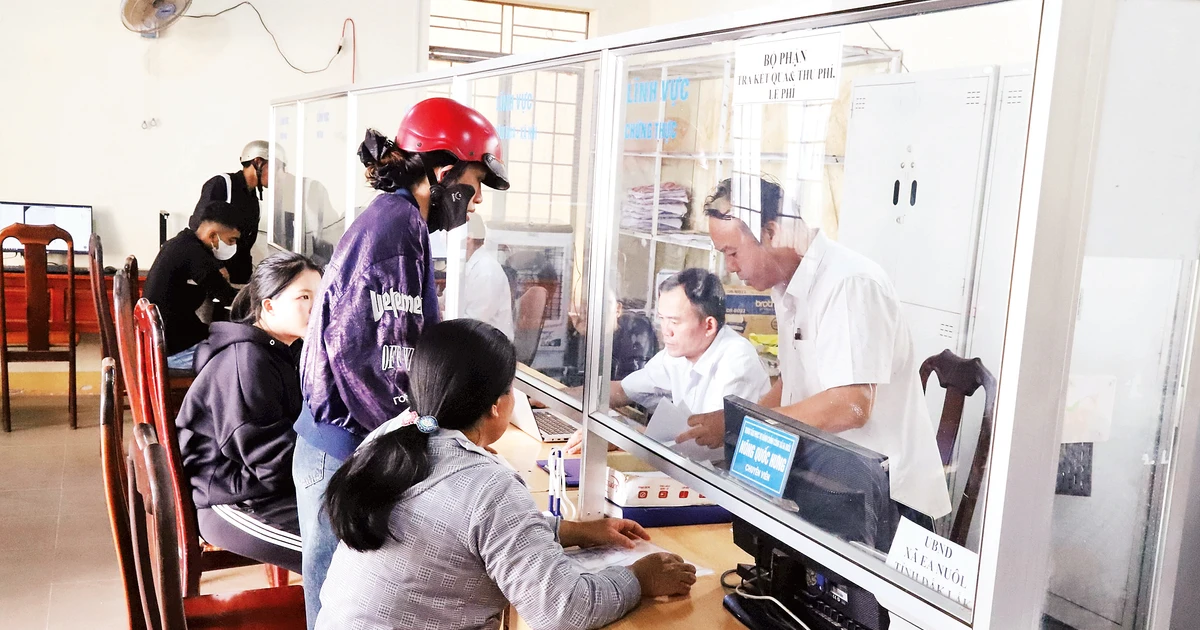

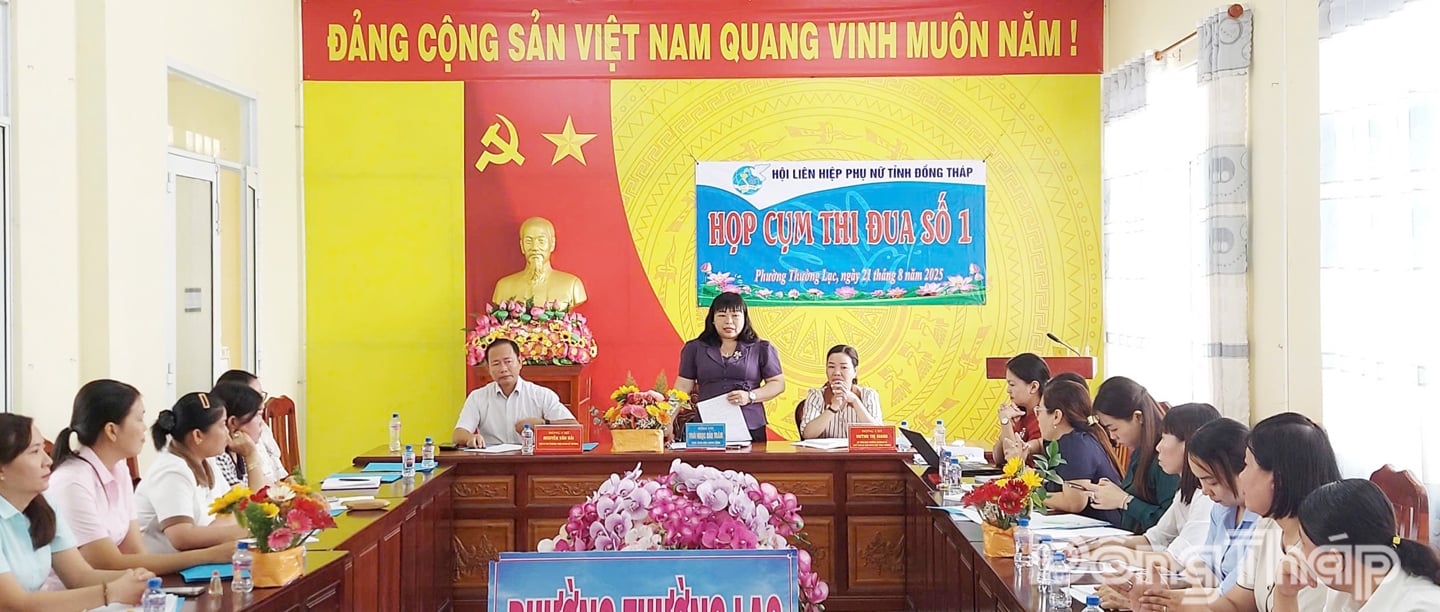
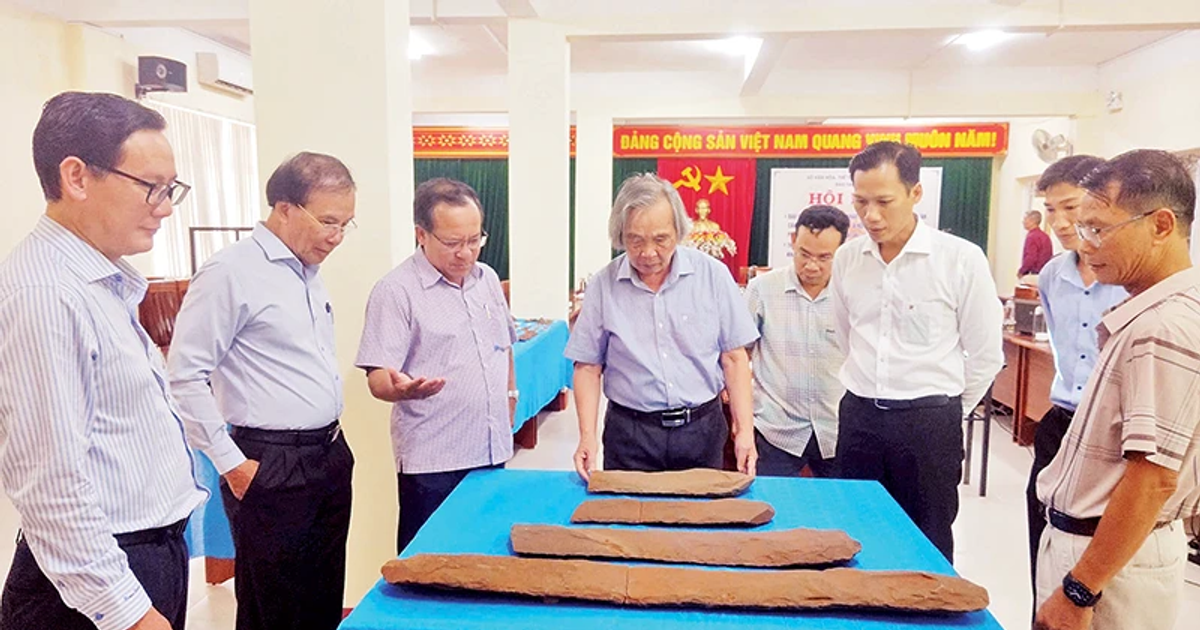

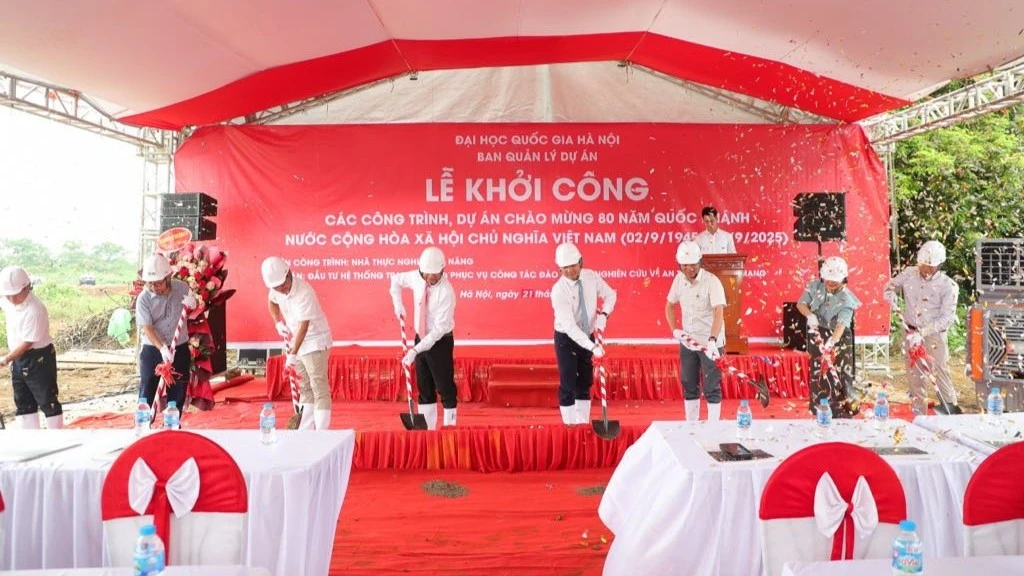

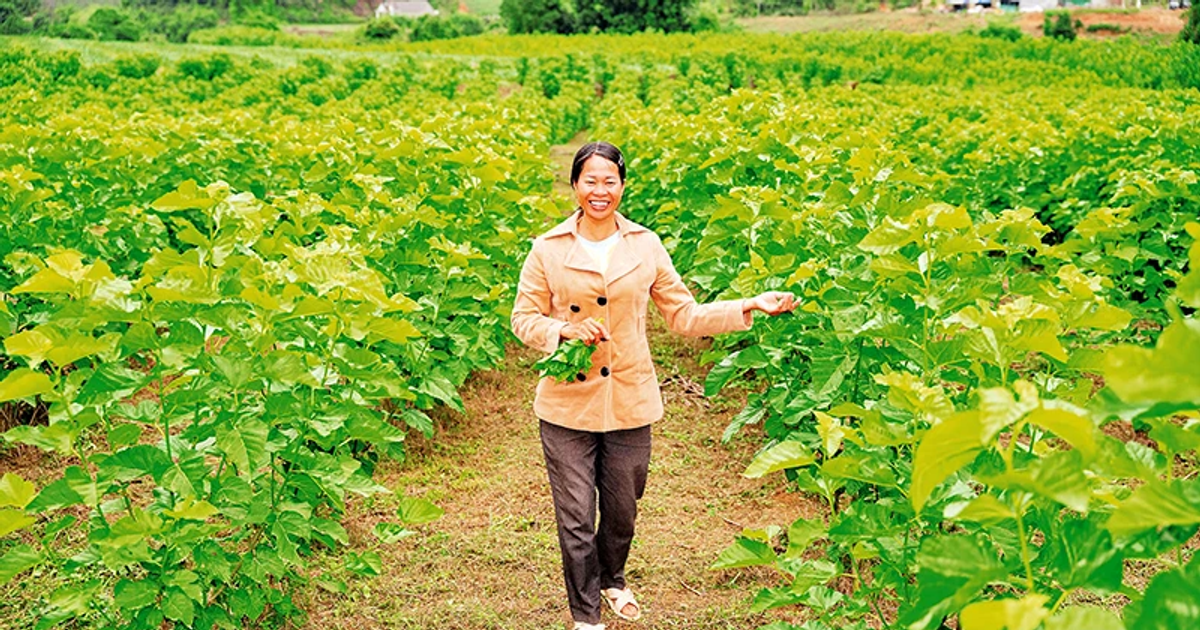














![[Photo] An Phu intersection project connecting Ho Chi Minh City-Long Thanh-Dau Giay expressway behind schedule](https://vstatic.vietnam.vn/vietnam/resource/IMAGE/2025/8/21/1ad80e9dd8944150bb72e6c49ecc7e08)






































![[Photo] Politburo works with the Standing Committee of Hanoi Party Committee and Ho Chi Minh City Party Committee](https://vstatic.vietnam.vn/vietnam/resource/IMAGE/2025/8/21/4f3460337a6045e7847d50d38704355d)































Comment (0)